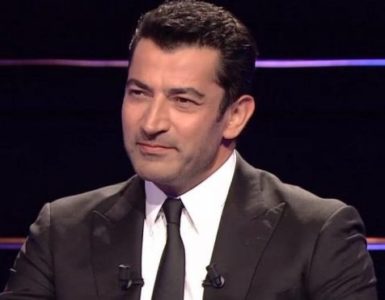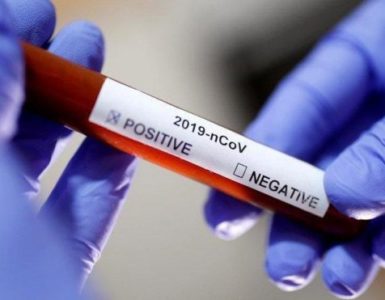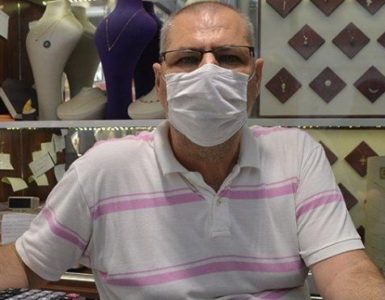In addition to being the largest organization held regularly in our country, it is one of the most important meetings among its counterparts abroad. National Bone Marrow Transplantation and Cellular Treatments Congress ”was held on 5-7 March 2020 in Muğla.
In addition to the increasing number of bone marrow transplantation centers and transplants, the exponential knowledge and researches in this area increase the importance of the congress. Congress scientific program was extremely rich this year, as expected. National and international speakers who were experts in their fields took part in the congress for two days.
In the scientific program, the issues of stem cell transplantation in adults and children were discussed in all aspects and updated data were provided by very valuable scientists. In the congress, which included 14 scientific sessions, 3 courses, 86 oral presentations and scientific subcommittee meetings were held. 118 sessions and speakers took part in the congress. Approximately 500 participants came to the congress.
The first day of the congress started with the Controversial Subjects and Difficult Cases Course.
In the scientific program, transplantation was examined in detail with valuable speakers and chairmen, and problems were discussed with current developments and solutions were sought.
Training of nurses and other employees plays an important role in the success of bone marrow transplant units. In this context, 6th Transplantation Coordinators Course and 12th Bone Marrow Transplantation and Apheresis Nursing Training Program were organized this year.
The Turkish Society of Hematology (THD), which attaches great importance to coordinator and nurse training, supported the participation of one trainee from each bone marrow transplant center in order to achieve the goals of the courses and ensure participation throughout the country.
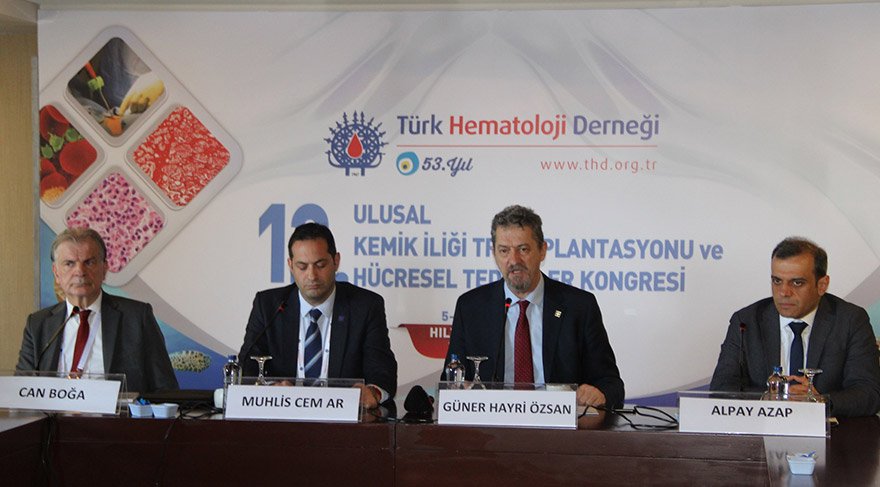
TO BE A ROOT CELL DONOR
Bone marrow transplantation is being used more and more in the world since it can provide a complete recovery in important blood diseases such as leukemia, median anemia and bone marrow failure recently. A successful volunteer donor (donor) must be available to patients for a successful stem cell transplant. Most of the donors are selected among the brothers in Turkey. Because family donors are easier to find than other countries. If a suitable donor is not found, it is searched to choose a non-relative donor. It is tried to find a non-relative donor from the bone marrow banks in the country (TÜRKÖK, TRİS, TRAN) from the volunteer donor pool or banks abroad.
Being a donor is voluntary. Voluntary donors donate stem cells not only to relatives but also to people they do not know and do not expect any benefit from this. Today, the number of volunteers in the world has reached 30 million. Because these donors are all healthy people, donor safety is given importance. Voluntary people continue to donate stem cells because the side effects that can be considered serious until now are rare and the procedure is safe. For donor safety, a comprehensive preliminary assessment is made before donation. After donation is given to donors whose health status is suitable for stem cell donation, stem cells are collected. Blood stem cell collection from donors is similar to normal blood donation. After the collection, donors return to their daily lives. Depending on the patient’s condition, bone marrow may need to be collected from the donor. Superficial anesthesia can be given to avoid pain when collecting bone marrow. Before all these procedures, donors must give their approval after a comprehensive briefing.
CAR T CELL TREATMENTS
The immune system accepts substances entering the body from the outside as foreign and tries to destroy by attacking.
CAR T cell therapy is based on the principle that white blood cells called T lymphocytes, which are part of the immune system, are sensitized to a certain type of cancer in the laboratory and given to the patient.
To better understand how CAR T cell therapy works, getting a little more information about the immune system and cancer relationship can help. The immune system recognizes and destroys foreign matter to the body through structures called antigens on their surfaces. Cancer cells also have specific antigens on their surface, but immune system cells (especially T lymphocytes) cannot always recognize these antigens, so they have difficulty understanding that cancer cells are foreign to the body. This makes it easier for cancer to spread. T lymphocytes use structures called receptors to recognize the antigen of a cancer cell. With the help of receptors, they attach to the antigen on the cancer cell and remove it. However, if T cells do not have the appropriate receptors, they cannot bind to the cancer cell and cannot help destroy the cell.
In CAR T cell treatment, T lymphocytes are collected from a cancer patient’s own blood with the help of a machine. Then, in the laboratory, human-made receptors (called chimeric antigen receptors or CARs) are placed on these T cells that recognize the antigen of the cancer in the patient. Subsequently, these T cells, which will attack cancer, are given back to the patient via a vein to fight cancer cells.
This situation can be summarized as making one’s own immune system sensitive to cancer by artificial means. In order to make the treatment more successful, it is important to reduce the number of cancer cells that the immune system will cope with. For this purpose, chemotherapy can be given to the patient a few days before CAR T cell therapy.
Today, there are two CAR T cell treatments approved for use in blood and lymph cancers in the United States. Although it has not yet been clarified whether these treatments will result in long-term full recovery, many patients have benefited from the treatment. However, potentially fatal side effects due to CAR T cell therapy have also been observed. Scientists are also investigating the long-term side effects of choosing this treatment. Other CAR T cell therapy studies are underway to treat different types of cancer.
WHAT IS IT TO DO TO PROTECT THE NEW CORONAVIRUS INFECTION?
Coronavirus is a virus that causes respiratory tract infection in many countries of the world starting from China. Although most of the cases are mild, fever, cough and shortness of breath can progress within days and cause pneumonia and respiratory failure. Older people and those with other underlying diseases are more severely affected by this virus. What should we do to prevent this disease, which results in approximately 1-3 percent death with our current information?
It is very important to take preventive measures against coronavirus. The virus is found in droplets of respiratory secretion scattered from sick people, and it is also transmitted to healthy people in this way. Therefore, the measures to be taken in diseases transmitted by respiratory secretion droplets (eg flu, flu) are also valid for the new coronavirus. If we list these measures:
1. The most effective method of protection is hand cleaning. On surfaces contaminated with droplets (door handle, power switches, computer keyboards, handles etc.), the virus can remain alive for several hours. During this period, healthy people who touch the contaminated surfaces infect the virus in their hands. Then, when they take their dirty hands to their faces, eyes, nose and mouth, they get the virus into their bodies. Therefore;
a. We should wash our hands frequently with soap and water. We don’t need soaps that contain antibiotics or antiseptics. Ordinary soaps neutralize the virus. However, there are two important points to be aware of; we must wash our hands for at least 20 seconds and rub each surface of the hands and fingers. We should not forget to rub the thumb, hand and finger backs and fingertips which we often neglect during washing.
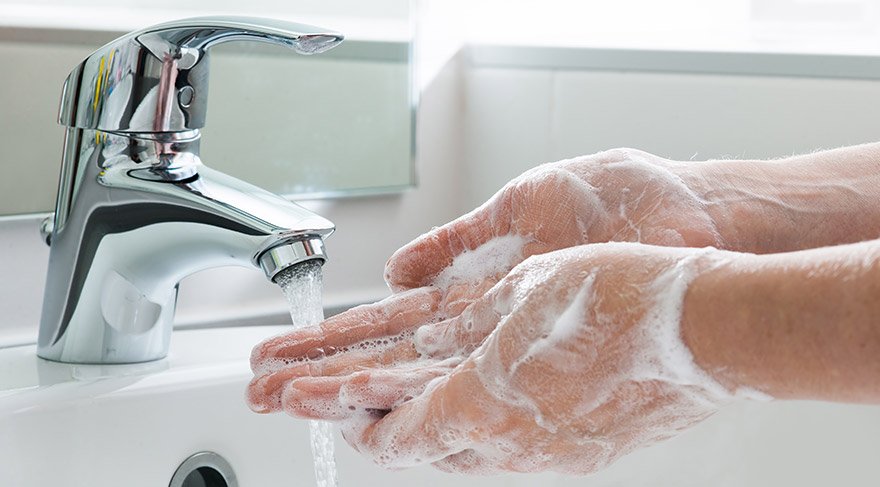
b. Since it will be difficult to find water and soap at all times, if there is no visible pollution, it can be an antiseptic or cologne with a liquid containing more than 60% alcohol, rubbing it well and waiting for it to dry well provides sufficient hand cleaning. But if there is any visible contamination, water and soap are essential.
2. We must acquire the habit of carrying our hands to our face, eyes, mouth and nose as little as possible. Especially if they are not clean. This is a very simple but effective measure to protect us from disease.
3. When coughing or sneezing, we must cover our mouth and nose with tissue paper or napkins. Then we should immediately throw this handkerchief into the trash and clean our hands. If we cannot find tissue paper or napkins, we can do this with the inside of our elbow.
4. If we have flu, flu-like complaints, we should definitely wear a medical mask to protect other people. When we remove the mask, we must immediately throw it in the trash and clean our hands.
5. We should not approach more than 1 meter of people we notice that they have flu or flu-like complaints.
6. In our workplace, we should frequently clean places such as door handles, electric switches, and other surfaces in our school with detergent water.
7. We should avoid shaking hands and kissing while saluting.
8. We must explain all these measures to everyone around us, family members and colleagues, and warn them to comply with these measures.
9. We must be protected from information pollution. Information pollution can increase the spread of the outbreak as much as our hands are dirty. Therefore, we should follow the sources that provide accurate information (health authorities, expert associations) and not consider all the information on social media.


